Wood or Plastic: Which is the Better Cutting Board?
Ever wonder about this? Which is better is an important question—you can’t be too careful when it comes to food safety and your family’s heath. And with all the E.Coli issues emerging today, I thought you’d be interested in the answer to this timely query.
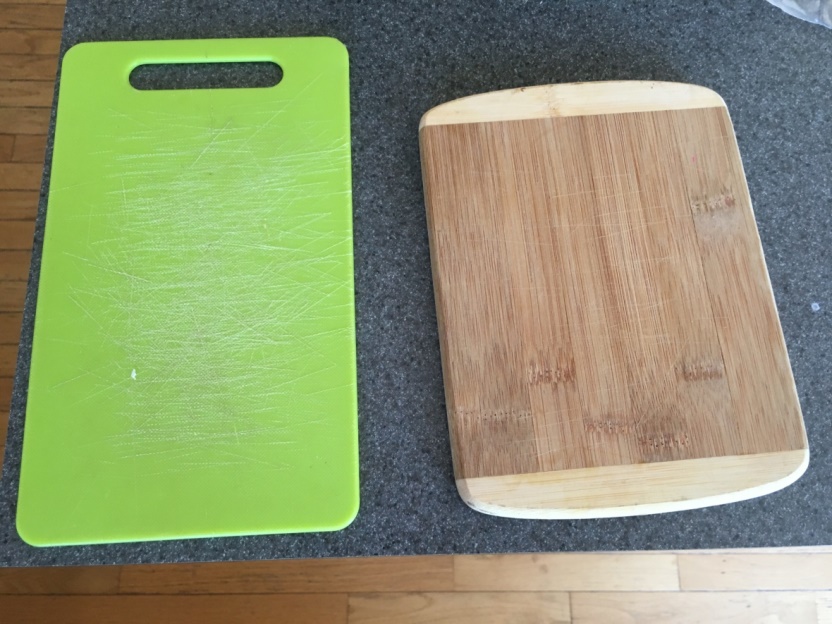
Scientists have spent a lot of time comparing the two. Numerous studies have been done that involve bacteria, sanitation levels, and the effects on knife sharpness. Research has also centered on different types of wood, including bamboo.
When testing sanitation variables, three different species of bacteria were studied: E. Coli, Listeria, and Salmonella. Results showed that hardwood cutting boards are actually more sanitary than plastic ones. They’re tougher than plastic boards and thus scratching much less. Without these “knife scars,” there are fewer places for bacteria to hide and grow. Researchers found that a scratched plastic surface is difficult to disinfect without harsh chemicals, or intensely high heat from the dishwasher.
But, even when both the plastic and wood boards were brand new (and thus didn’t have any scratches), the studies still found that bacteria are less likely to survive on wooden boards. Studies showed that wood (including bamboo) has a porous surface that consistently generates unfavorable conditions for microorganisms—it produces antimicrobial components that inhibit or limit the growth of pathogenic microorganisms. However, plastic boards haven’t any antimicrobial properties, making them much less sanitary than wooden boards.
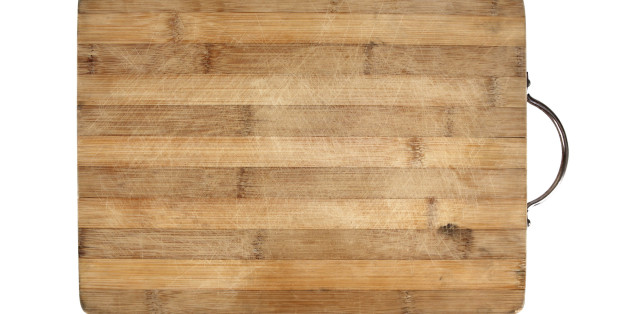
And here’s what’s noteworthy: Even though a knife also scars wood, the bacteria left in the crevices doesn’t multiply like they do on a plastic board. And if a wood board is washed and cared for properly, the bacteria die due to its unique properties mentioned above.
And as for the effect boards have on knife sharpness, studies show hardwoods and plastic protect this feature. However, bamboo didn’t perform as well, and glass and metal boards completely failed to protect knife sharpness.
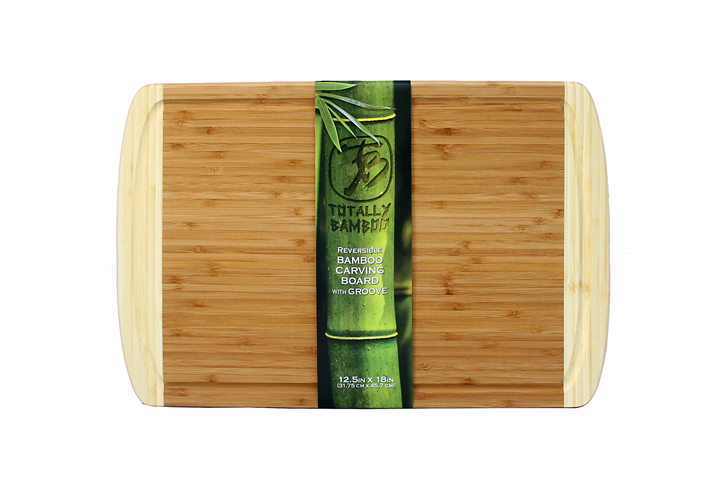
That said though, bamboo still deserves consideration. For one, it’s a sustainable resource—the fasted growing grass in the world. It’s harder than wood. And it’s a less expensive option. Considering these features, maybe the knife-sharpness issue is a trade off?
The bigger deal is that because it’s so cheap and fast growing, the origin and exact composition of the bamboo is a concern. There are cheaper imported boards that have been put together using formaldehyde-based glues. Tests are showing that when it comes to bamboo cutting boards, you get what you pay for.
So now we know wood is better than plastic, and bamboo is an acceptable trade-off for wood. But what if you’ve decided to forgo bamboo and just go the wood route? What wood, then, is the best choice?
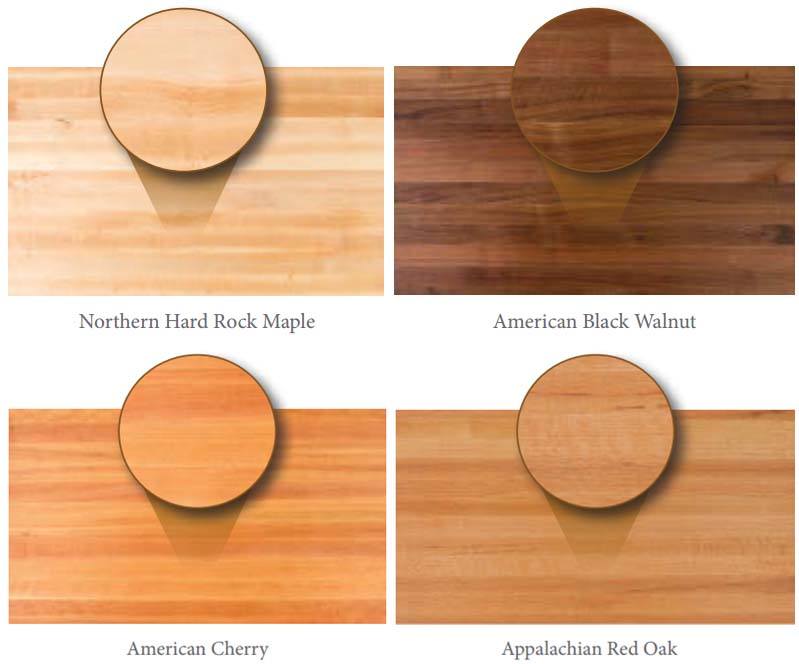
Not all wood is created equal. First, opt for hardwood, rather than softwood. Hardwoods have a tighter grain that pulls bacteria away from the surface, where it dies. Softwoods with a larger grain can be split and cause deep grooves where bacteria can seep in and thrive. Always avoid them. And what hardwoods are best suited for cutting boards? Walnut, hard maple, birch, cherry, and oak.
As you likely know, a good wood cutting board can be expensive, so you want to be sure your cleaning process isn’t harming it in any way. Bleach is ineffective because the chlorine binds with the wood, neutralizing its antibacterial properties. Here’s the least toxic method:
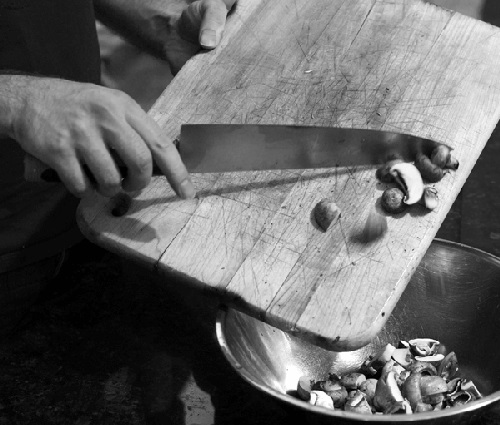
When finished using it, scrape away food particles (especially if you cut raw meat).
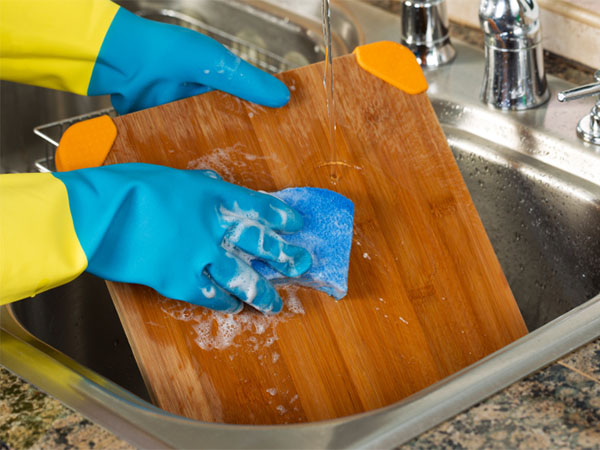
Wash it with warm soapy water; NEVER soak your board.
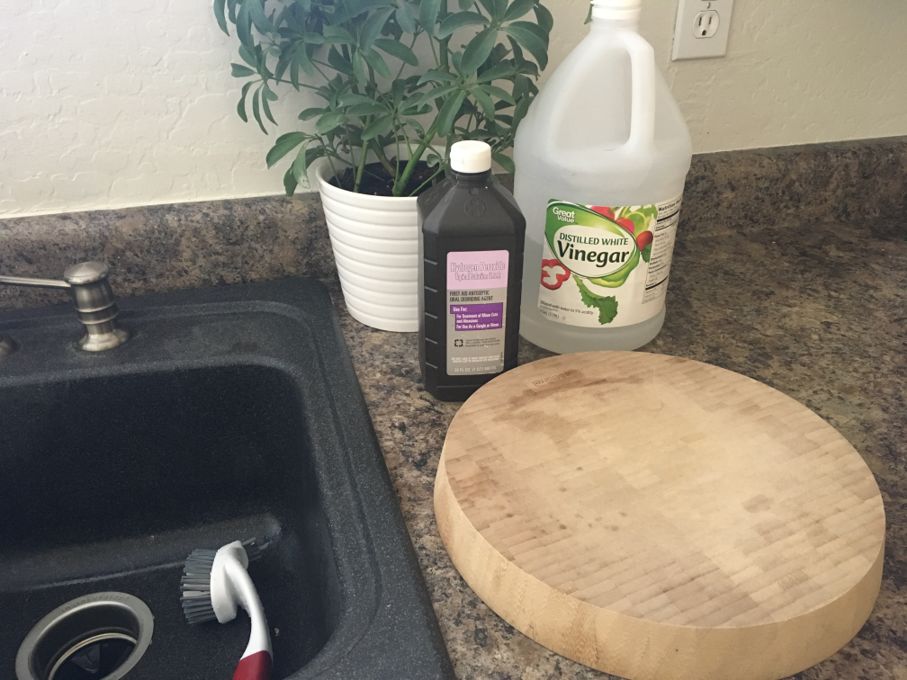
Disinfect with vinegar and hydrogen peroxide (3%).
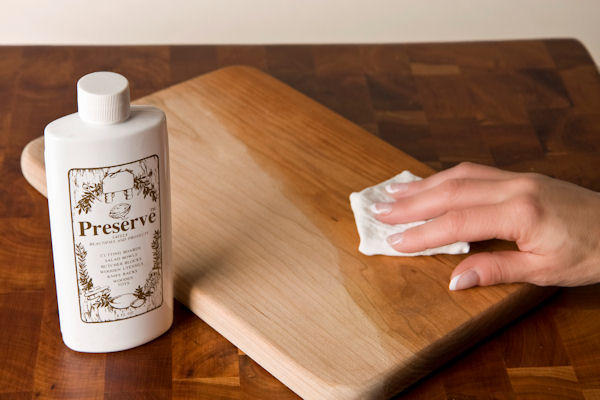
Once board is completely dry, apply a cutting-board oil to season and protect. (A food grade mineral oil works also)
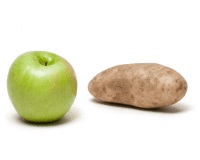
To remove odors, scrub your board with half of a lemon, an apple wedge, or potato chunk and some salt. The salt will draw out the odor-causing moisture.
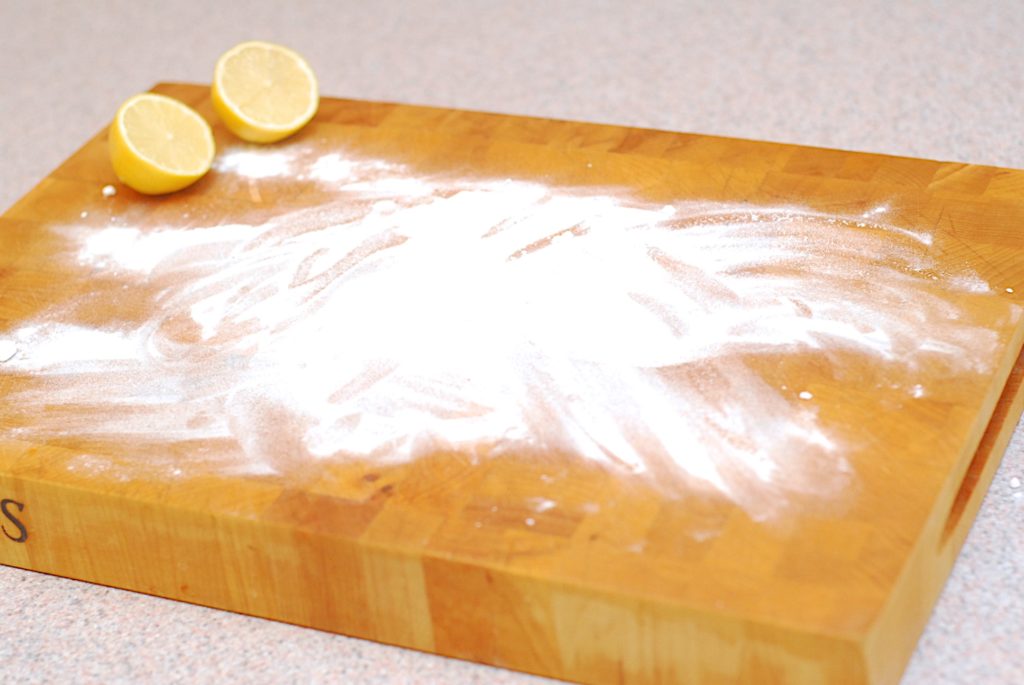
To remove stains from your cutting board, sprinkle with baking soda and scrub with a lemon half or a damp cloth.
Finally, a big precaution: Always avoid cross contamination. NEVER cut vegetables on the same board that you previously used for raw meat unless the board has been sanitized. Same for your knife. And actually, it’s crucial to take these same precautions no matter what kind of cutting surface you’re using.
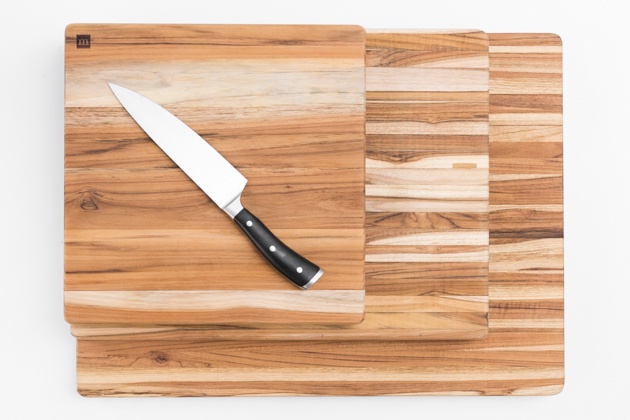
So if you’re cautious and take good care of your hardwood cutting board, you shouldn’t have any food-born health issues whatsoever, and your board should last you a lifetime!
- www.emac-projects.org
- www.huffingtonpost.com
- www.cuttingboard.com
- www.butcherblockco.com
- www.makezine.com
- www.eatingright.org
- www.housetipster.com
- www.masterblendfinish.com
- www.ericestate.com
- www.cooksillustrated.com
- www.wirecutter.com
 Alice Osborne
Alice Osborne
Weekly Newsletter Contributor since 2006
Email the author! alice@dvo.com
